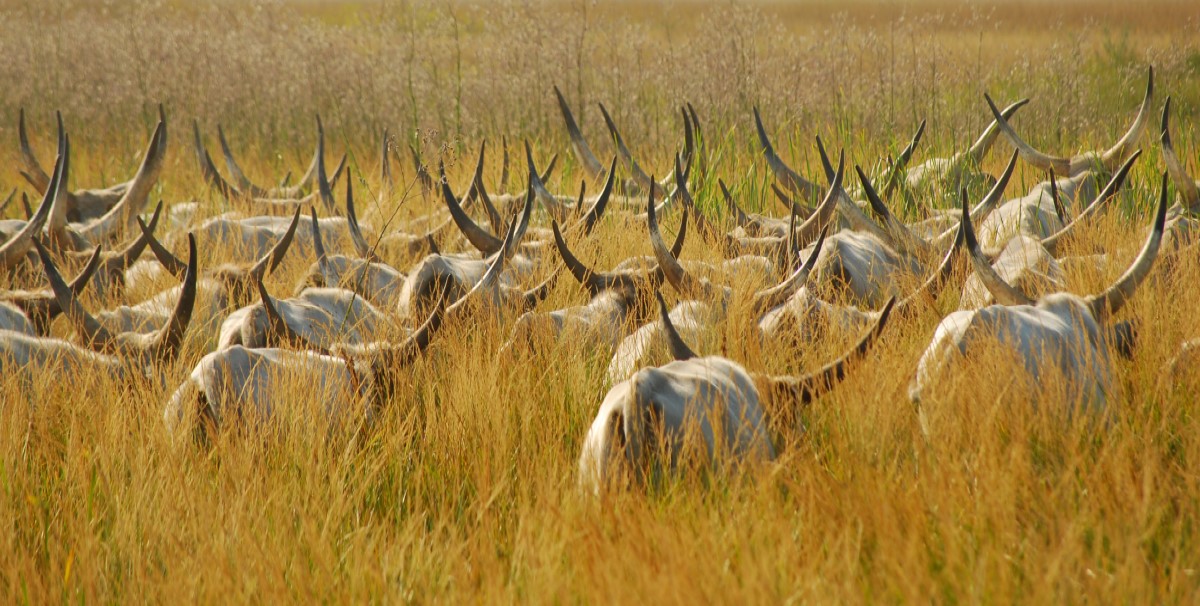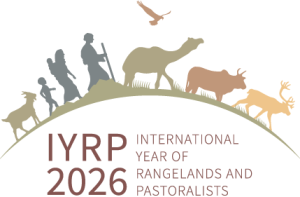
The understanding and importance of traditional ecological knowledge systems is increasingly recognised worldwide as a means to develop more effective policies in today’s crises, e.g. in nature conservation or grassland management. Zsolt Molnár, scientific advisor at the Centre for Ecological Research, has been researching the traditional ecological knowledge of pastoralists for more than 20 years. His Iranian student is the first author of a joint publication with European, Asian and African authors in the Journal of Environmental Management.
Unusual for academic publications, the publication is a collaboration between researchers and practising pastoralists. “Since the holders of traditional knowledge are mostly not researchers but herders, farmers, fishermen, when a researcher works with their knowledge, the ethical approach is for these ‘non-scientific’ professionals to also become co-authors. After all, the new publication is the result of collective thinking, knowledge co-production. Such recognition of traditional knowledge is now, fortunately, becoming more and more common” – said Zsolt Molnár.
Herders often graze in landscapes that are less suitable for crop production due to climatic extremes or soil conditions. Traditional grazing systems exist in very different natural environments, such as tundra, steppe, savannah, desert, mountainous areas. Pastoralist communities have locally relevant, multi-generational traditional ecological knowledge of pasture plants on which they base the utilisation of their pastures.
During the research, the authors collected the knowledge of herders on pasture (and hay meadow) plants and plant-livestock interactions in a review article. They analysed 24 of the 372 relevant scientific articles and 18 of the 105 videos about herders and their pastures. In addition, semi-structured interviews were conducted with practising herders in Iran, Mongolia, Kenya, Poland and Hungary to discuss the findings and conclusions.
Thirty-five indicators were identified in the scientific papers and documentaries of how herders ‘see’ forage plants. These indicators described both the botanical features of the plants and the livestock behaviour during grazing, as well as the impact of forage plants on the condition and health of livestock. The indicators were used by herders in management decisions to optimise grazing, the availability and quality of fodder grasses, and the appropriate way of grazing. Although herders around the world are very different, their knowledge of pasture grasses and the relationship between livestock and forage plants is remarkably similar. The researchers identified ten general principles that were common globally, almost regardless of location or habitat type. Such a global synthesis has never been done before.
Perhaps the most important key global principle is the livestock-centred approach explained Zsolt Molnár: “herders see plants through the “mouth of the livestock”. While in the pasture together, herders and livestock reciprocally learn from each other. The condition of the pasture grasses is closely monitored by the herders, who graze each patch in a targeted way, while often planning livestock movements with surprisingly strategic attention to detail, on a daily, weekly and monthly basis. The aim is to make the best use of the available grass as a resource and to ensure also the long-term ‘well-being’ of the pastures (see more details in this film). The lexical details of this knowledge are of course highly specific to the place, but the principles are globally general. You might ask that it’s good, but why is it important? It may come as a surprise, but even in cases where the state or a national park develops supporting measures and regulatory systems for pastoral grazing, it is easy to develop rules that have harmful effects. Because decision-makers often do not sufficiently understand the pastoral world, which is so different from our own. Our article points out that there are general principles that we can build on, and that we can take into account to create better policies, both ecologically and culturally.”
Researchers hope that a better understanding of pastoralists’ knowledge of grasslands and livestock grazing will help not only to maintain the biodiversity and economic benefits of less productive semi-natural grasslands, but also to innovatively preserve the traditional pastoral way of life.



